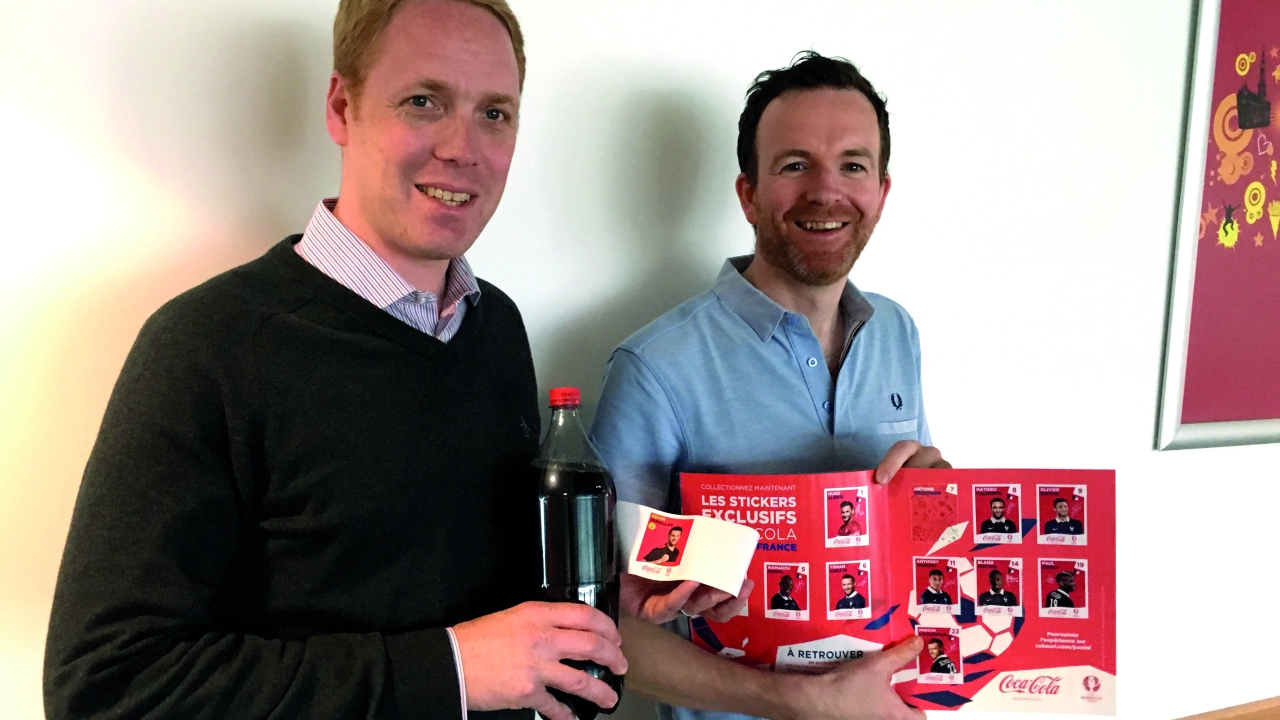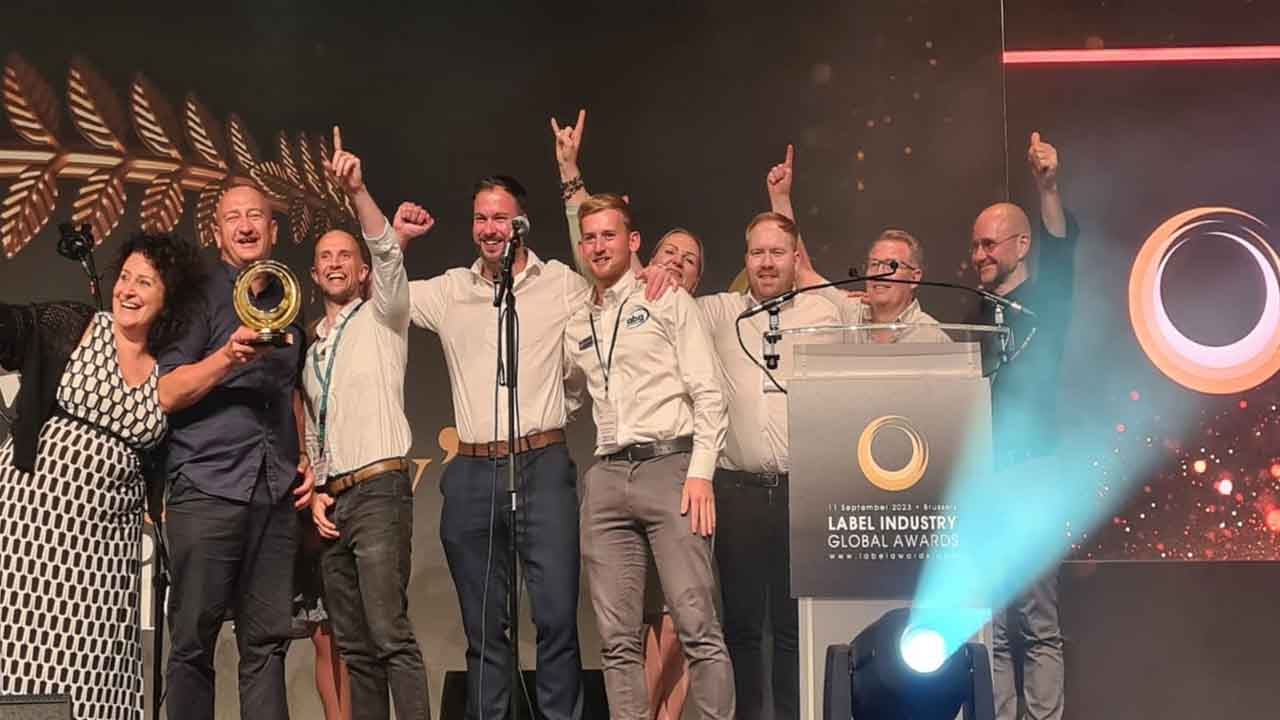Coca-Cola pushes boundaries with Panini project

The stickers, the result of a partnership with football collectibles publisher Panini, allowed fans to peel a player or ‘national pride’ sticker off the back of their Coca-Cola label. The UEFA Euro 2016 football sticker labels appeared on 265 million bottles of Coca-Cola products around Europe. Around 172 million labels carried Panini stickers in Romania and Bulgaria and 93 million national pride stickers in Belgium and France – the latter being specially commissioned portraits of football stars against a Coca-Cola background.
The whole project, from concept to delivery, took just eight months, compared to 18 months for Share a Coke and almost three years for the award-winning Christmas bow label.
Comments Gregory Bentley, Coca-Cola R&D’s global packaging lead for decoration technologies, ‘This was a project where precision was paramount. A sticker may sound simple, but you have to find a way to apply it to the label without the ink scratching, glue squeezing out of the sides and many other technical and supply chain challenges.
This was particularly essential when you consider them being used in a high-speed production line, where labels are printed at a rate of 200 per minute and then applied to bottles at a speed of up to three meters per second. The last thing the bottler wants is a problem that can bring their whole line to a stop.’
The stickers themselves are die-cut 2-ply booklet labels with a patterned adhesive. The release layer, which remains attached to the underside of the label, reveals a message spelling out the Panini license conditions. The labels use the same easy-open technology developed for the bow labels.
Separate supply chain
To give the best possible chance of the labels running smoothly on the high-speed applicators, all the most delicate elements to do with the assembly and printing of the sticker labels were carried out in a separate supply chain, Bentley explains. ‘We then delivered the completed reels of the sticker labels to the bottler, which they could simply place onto the production line as normal.’
The first supply chain was run by Danish converter Limo Source, with pre-slit sticker labels processed on two adapted Grafotronic machines. The second route saw label reels sent to German converter Constantia, which retrofitted five Herma applicators on the side frame of a slitter rewinder to apply stickers before slitting.
A major potential problem was that the 2-ply sticker virtually doubled the thickness of the wraparound label, and the additional pressure at the point of application could well have resulted in adhesive bleed. ‘Any glue bleed would stop the filling lines and this did happen in the early stages of development – scary on a line running at 150m/min,’ says Gregory Bentley.
The close work between the bottlers and Bentley’s team to iron out these and other bugs was critical to the success of the project.
‘In terms of scale and speed to market, this was one of the biggest and most ambitious packaging innovations we have ever undertaken in Western Europe,’ says Patrick Condon, Coca-Cola Western Europe commercialization and supply chain manager. ‘We have taken what was a simple idea on paper, back in June 2015, and have developed, validated and invested in application technology with the first commercial printing and application of stickers happening just six months later. We have activated this innovation on our biggest volume products during one of the most critical periods of the year, overcoming many challenges along the way. Overall, this giant undertaking is down to a massive collaborative effort between different departments in Coca-Cola and with our bottling partners, which clearly demonstrates the power of an entrepreneurial minded project team and an empowered connected system.’
Concludes Gregory Bentley, ‘We have demonstrated here that as long as we can make a roll that will run through a labeling machine we can develop complex products but keep that complexity away from the bottler. For example, we could have simply applied the promotional sticker to the bottle directly, but this would have added to the complexity of the bottling line.’
The Panini campaign was a marketing success, particularly in Romania and Bulgaria, which saw double digit sales increases.
It is also worth noting that the close working relationship between Bentley’s team and Panini led, in part, to the latter naming Coca-Cola ‘Best Panini Partner 2016’.
Stay up to date
Subscribe to the free Label News newsletter and receive the latest content every week. We'll never share your email address.


